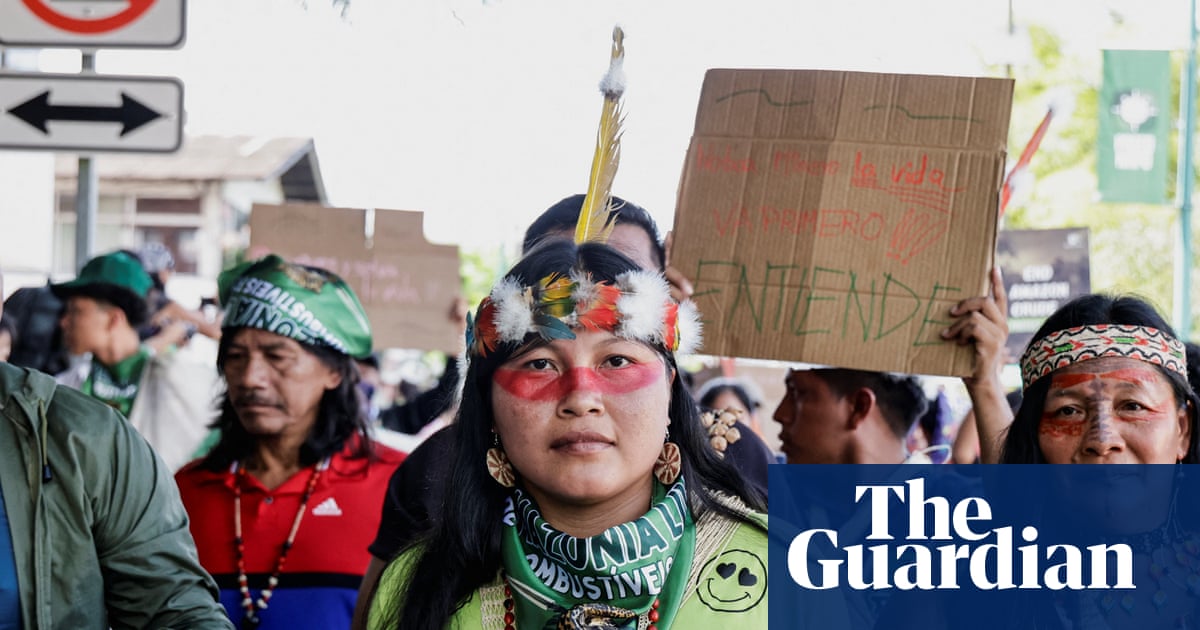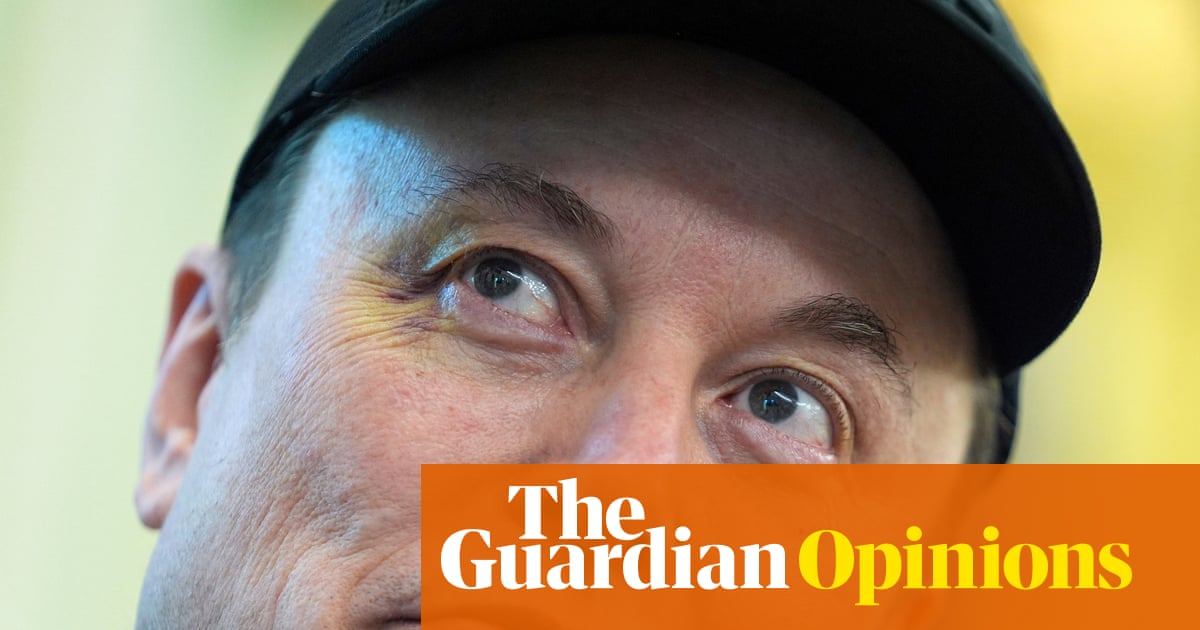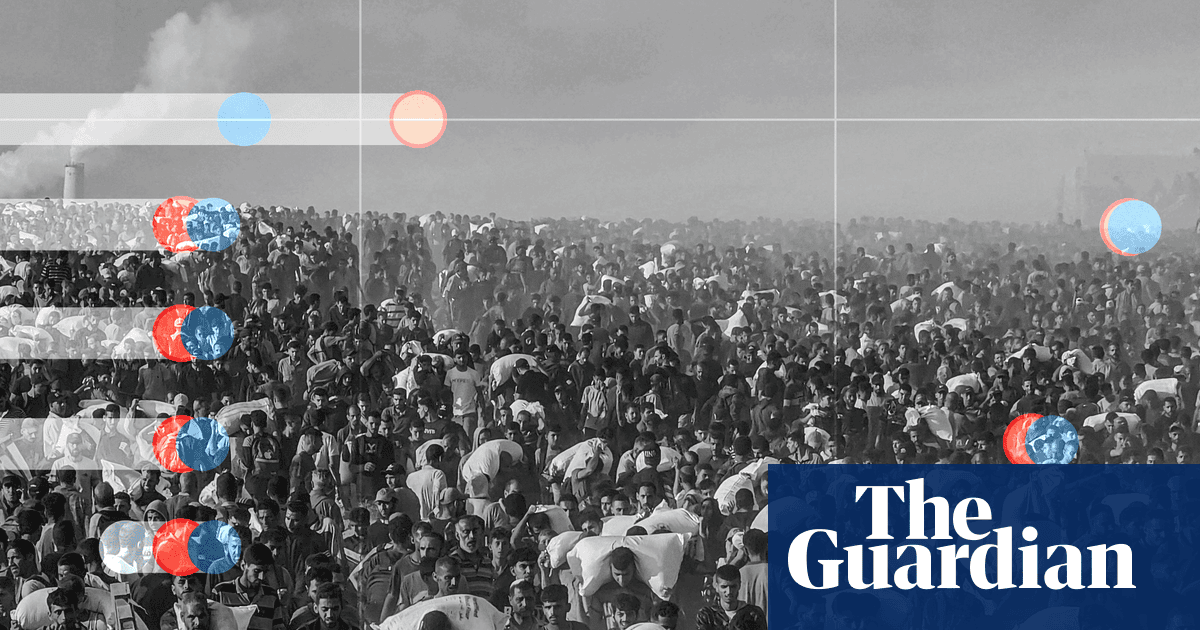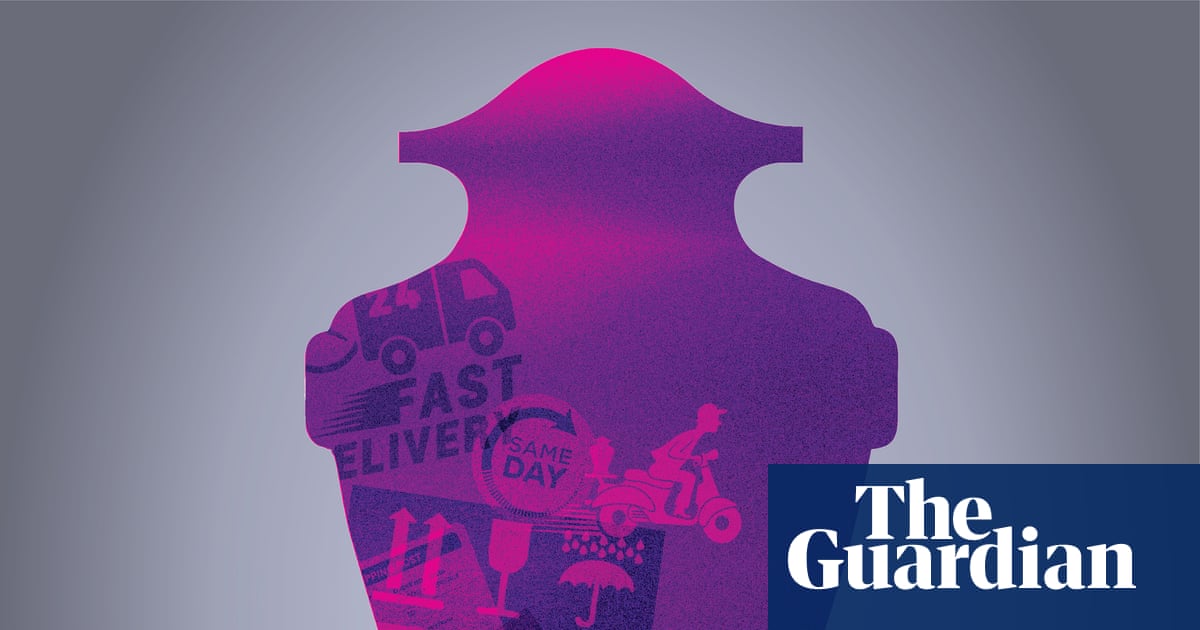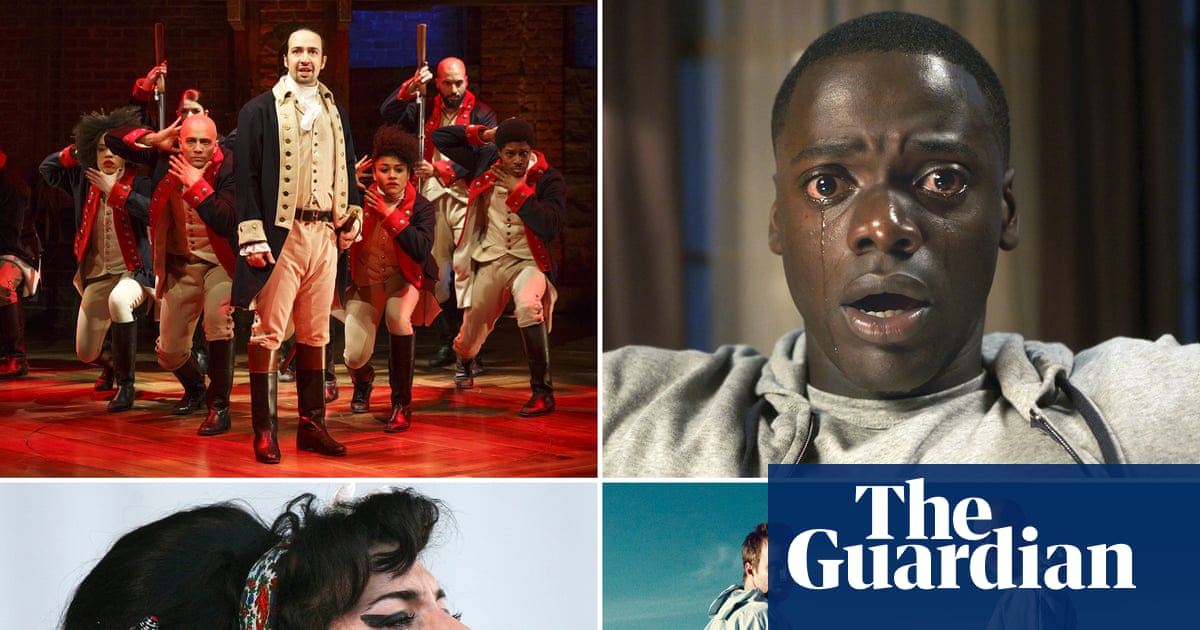People of color have long critiqued social media filters for perpetuating Eurocentric beauty standards. In one TikTok video, a young Black woman who used the app’s glow filter was vexed that her brown eyes transformed to blue. In another video, a user wrote that she liked a face-altering filter until she realized that it generated the appearance of a smaller nose. Now, new research shows that such filters, along with a collection of other race-related online experiences, can negatively affect Black adolescents’ sleep and ability to concentrate on schoolwork the following day.
A new study published in the JAMA Network that looked at Black adolescents’ exposure to online racism – including traumatic videos of police violence, online racial discrimination and racial bias perpetuated by AI – can cause increased anxiety and depression. On average, Black adolescents experienced six race-related online experiences everyday – 3.2 of which were online racism, and 2.8 of which were positive.
The research was led by Brendesha Tynes, a University of Southern California education professor and co-authored by Devin English, a Rutgers public health associate professor, and Taylor McGee, a Christopher Newport University assistant professor. They also analyzed survey data from 141 adolescents of Black descent between 11 to 19 years old throughout the nation.
As online hate speech increases and the federal government cracks down on diversity initiatives, which Tynes said has spurred the normalization of racism, investigations into youth’s exposure to online racism is more important than ever. “We need studies that are documenting what’s happening,” Tynes said. “And also we need platforms to help people to manage those experiences, to critique them.”
In the absence of federal oversight to prevent online racism, Tynes said she hopes that states will “stand up to the current pressure to be silent on what’s happening, that they’ll create policies that specifically will protect young people of color from these experiences”.
The study began with a nationally representative sample of 1138 white, Black, Latino and multiracial adolescents recruited by Ipsos’ KnowledgePanel, a US online research panel. Out of the larger sample, 504 participants were asked to complete a seven-day survey for a nationwide look at young people’s online behaviors in December 2020. While the study authors only focused on Black participants’ responses, they hope to compare those experiences to that of adolescents of different races in the future.
Some of the questions measured respondents’ mental health by asking them to write whether they had trouble falling asleep, concentrating on their school work, or if they were on edge on a scale from one, “not at all”, to four, “constantly” over the last 24 hours. The study authors found that youth exposed to algorithmic bias reported depressive and anxious symptoms a day later. And participants who experienced more algorithmic bias also had higher levels of anxiety, regardless of their age or gender.
“We expected each of the three types of online racism to be associated with the next day’s depressive and anxiety symptoms,” Tynes told the Guardian. “But I was still surprised that the algorithmic bias items were associated with mental health. It was the first time we were actually measuring it and although we expected it I was surprised that we actually found what we expected.”
Respondents reported experiencing algorithmic bias one time per day every three days. Some of the survey questions about algorithmic bias included how many times in the past year that a filter made them look more European by lightening their skin and straightening their hair, or whether their content about racial justice didn’t get likes because a platform suppressed it.
Questions about positive experiences that they had online around race included how many times they saw favorable comments or information about their race on a television show, film, a cultural website or social media. Another question asked how many times they learned something positive online about their race’s contributions to society in the past 24 hours. Participants had an average of 19.6 positive experiences per week, compared to more than 22 racist experiences online.
“Given what we found in this study, it’s very very concerning,” said English. “Companies will not regulate themselves on this and that’s the role of the government to step in. We haven’t seen any federal level legislation to protect young people from the harms of social media and the harms of AI.”
Aside from impacting Black youth’s mental health, said Tynes, algorithmic bias can yield deadly consequences. Before Dylann Roof killed nine Black people in a South Carolina church in 2015, he typed “Black on white crime”, into Google, according to his manifesto, and the search algorithm’s results brought him to white supremacist sites that deepened his bias.
“Instead of him getting, at the time, the Justice Department’s actual facts on crime and who’s committing it,” said Tynes, “he got these biased white supremacist results, and then that fueled his desire to commit a massacre.”
Tynes wants youth to be armed with digital literacy tools that help them navigate algorithmic bias that perpetuates racism. Along with other researchers and designers at USC and the University of Maryland, she hopes to launch a platform next spring that offers virtual reality experiences, digital literacy and mental health tools to help youth learn how to, she said, “critique, counter and cope with the messages that they get online”. It will include modules where youth learn how racism gets introduced to online spaces.
In the future, the study authors plan to collect and analyze youth’s responses for longer than a week’s time. Tynes also wants to see how the role of resilience and positive cultural messages helps adolescents navigate online racism. Tynes is curious about “how young people are using their creativity, the skills they got from being told about their group’s history, and how their parents instill pride”.
She hopes to analyze whether teaching Black history in schools imparts students with the knowledge and confidence needed to “help people protect themselves, critique the messages, and place them in historical context so that they don’t have the impact that they have”.

 2 hours ago
2
2 hours ago
2








